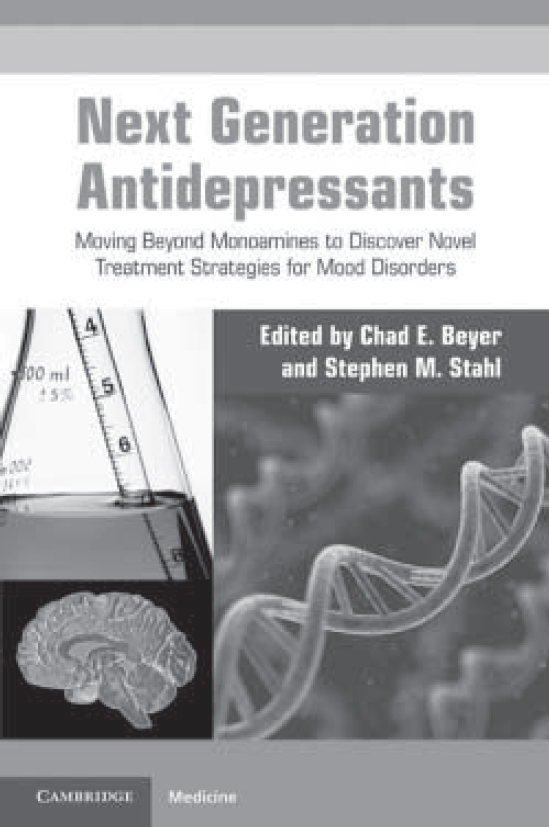
In 2010, three major pharmaceutical companies (GlaxoSmithKline, AstraZeneca and MSD) announced that they would be stopping their UK-based research into new treatments for psychiatric and neurological disease. This is likely to have profound repercussions, not only for the neuropsychiatric research community, but also on the development of new treatments for conditions (such as depression) which we know have an enormous impact on public health. In this respect, Beyer & Stahl's book is timely, and will be of interest both to those of us who investigate psychiatric disorders and for psychiatrists who believe that we need to support research which aims to develop and test new treatments for common disorders like depression.
For me, there are two important messages from this book. The first is that depression is a heterogeneous collection of clinical syndromes with different causes and, as such, to treat it effectively we will need to have a range of different pharmacological (and psychological) approaches. Second, the antidepressant treatments we have at present may be helpful for many patients but we need to acknowledge that a large proportion do not respond particularly well to these treatments, as highlighted by the Sequenced Treatment Alternatives to Relieve Depression (STAR*D) study. More research into the causes of depression, why only some patients respond to antidepressants, and the development of new treatments for depression are therefore much needed.
I really enjoyed two chapters in particular. Chapter one, ‘Current depression landscape: a state of the field today’, lists the receptor systems and novel compounds currently in development and also touches on the thorny issue of how many individuals with depression might actually have an unrecognised bipolar spectrum disorder. Chapter four, ‘Translational research in mood disorders: using imaging technologies in biomarker research’, does a great job of illuminating this complex but increasingly important field. Some of the other chapters, such as the chapter on animal models of depression and medicinal chemistry, will be more interesting for researchers in these fields but were nonetheless very clearly written.
Although this is quite a small book (just eight concise chapters), I felt that it could have been even punchier. Given the book's subtitle of ‘moving beyond monoamines to discover novel treatment strategies for mood disorders’, two of the chapters (one on defining depression endophenotypes and another on genetic and genomic studies of major depressive disorder) – although being excellent summaries in their own right – did not in my view fit particularly well with the book's main aims. Another minor criticism was that some of the references for key points did not cite original articles but rather referred the reader to another book (usually – and this may just have been coincidence – a book published by Cambridge University Press).
This is a very useful and interesting publication with a great deal of clearly summarised information on biological depression research. It gives a concise overview of likely future directions for new treatments, but it is difficult not to be pessimistic about the future of this research area in the UK given the recent departure of key industry players and a regulatory environment which makes the development of new psychiatric drugs a complex and expensive undertaking.



eLetters
No eLetters have been published for this article.